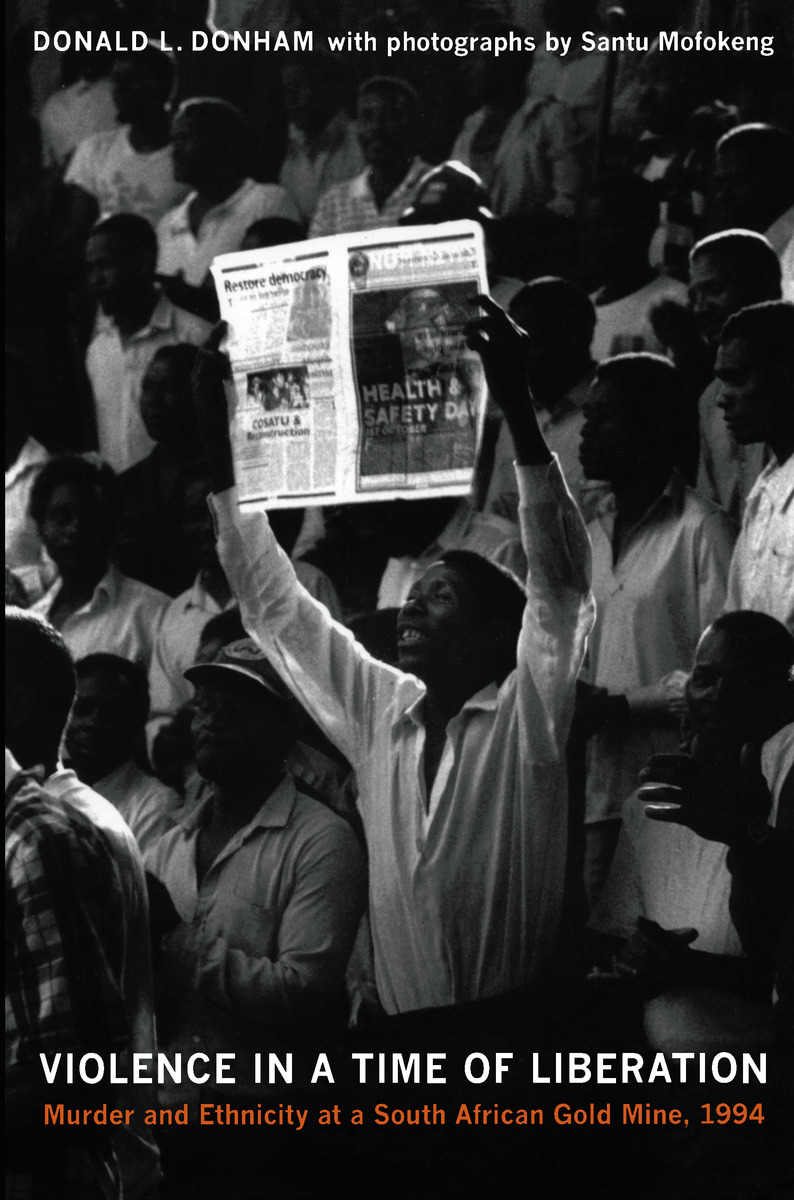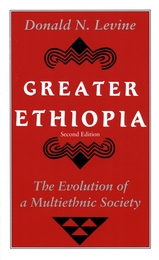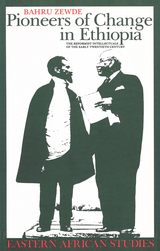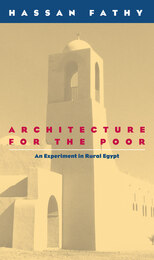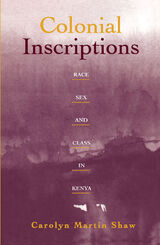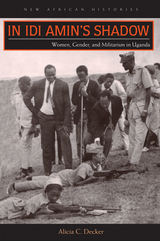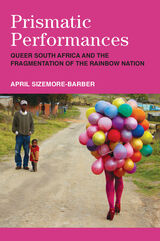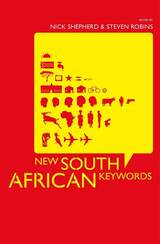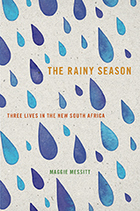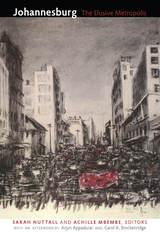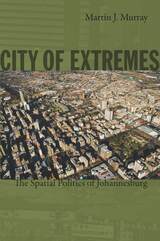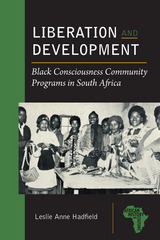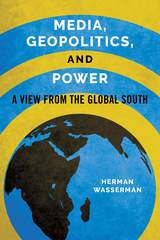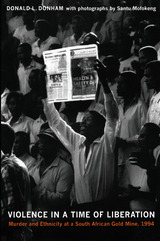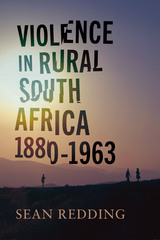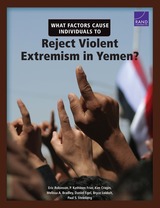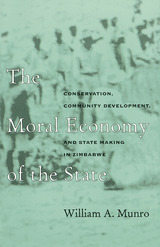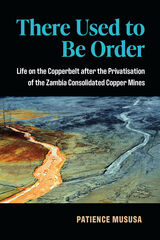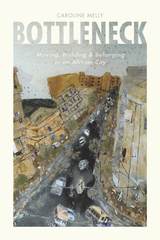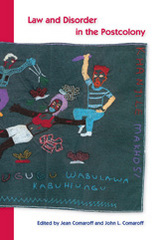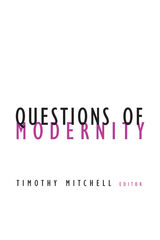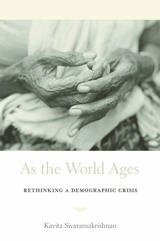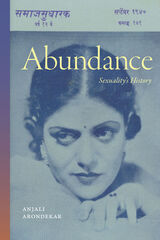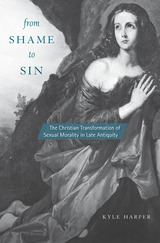Violence in a Time of Liberation: Murder and Ethnicity at a South African Gold Mine, 1994
Duke University Press, 2011
Cloth: 978-0-8223-4841-2 | Paper: 978-0-8223-4853-5 | eISBN: 978-0-8223-9341-2
Library of Congress Classification HN801.Z9S636 2011
Dewey Decimal Classification 305.896806822109
Cloth: 978-0-8223-4841-2 | Paper: 978-0-8223-4853-5 | eISBN: 978-0-8223-9341-2
Library of Congress Classification HN801.Z9S636 2011
Dewey Decimal Classification 305.896806822109
ABOUT THIS BOOK | AUTHOR BIOGRAPHY | REVIEWS | TOC | REQUEST ACCESSIBLE FILE
ABOUT THIS BOOK
How can we account for the apparent increase in ethnic violence across the globe? Donald L. Donham develops a methodology for understanding violence that shows why this question needs to be recast. He examines an incident that occurred at a South African gold mine at the moment of the 1994 elections that brought apartheid to a close. Black workers ganged up on the Zulus among them, killing two and injuring many more. While nearly everyone came to characterize the conflict as “ethnic,” Donham argues that heightened ethnic identity was more an outcome of the violence than its cause. Based on his careful reconstruction of events, he contends that the violence was not motivated by hatred of an ethnic other. It emerged, rather, in ironic ways, as capitalist managers gave up apartheid tactics and as black union activists took up strategies that departed from their stated values. National liberation, as it actually occurred, was gritty, contradictory, and incomplete. Given unusual access to the mine, Donham comes to this conclusion based on participant observation, review of extensive records, and interviews conducted over the course of a decade. Violence in a Time of Liberation is a kind of murder mystery that reveals not only who did it but also the ways that narratives of violence, taken up by various media, create ethnic violence after the fact.
See other books on: Ethnic conflict | Liberation | Murder | Republic of South Africa | South Africa
See other titles from Duke University Press
